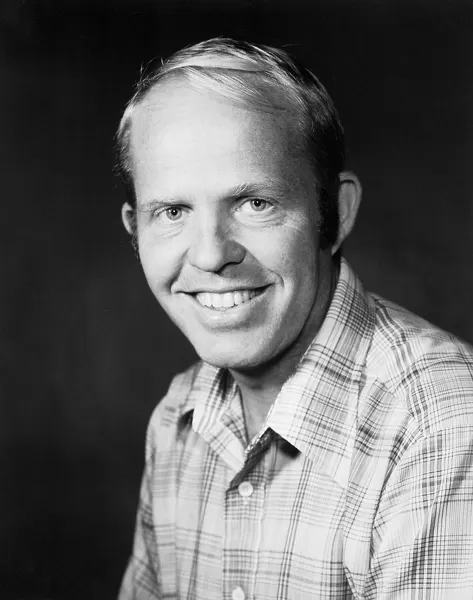Throughout the Antebellum era, the underground railroad operated as a vessel of freedom, transporting hundreds of enslaved African Americas to northern territories. Famously, the north star guided slaves and conductors as they fled to freedom. Among other influential conductors, Harriet Tubman, Frederick Douglass, and William Still played imperative roles in the operation of the underground railroad.
At the same time, the Jacksonian tariff of 1828 enraged southern politicians who believed the legislature favored northern interests. In response, John C. Calhoun supported the motion of nullification based on compact theory, leading the the nullification crisis of 1832. Jackson declared nullification as unconstitutional and leaned towards a militaristic approach. Fortunately, however the nullification crisis was resolved with the compromise tariff of 1833 which gradually lowered tariffs over the following years.
In September of 1847, General Winfield Scott would capture Mexico City, effectively bringing the Mexican-American war to a close. Months later, the Treaty of Guadalupe Hidalgo was signed, awarding the United States with over 500,000 square miles of land. Despite this triumph, the Mexican succession would soon immerse the United States in turmoil.
With expanded boarders, the divisive issue of slavery was reignited as both sides fought to increase their influence. Southerners sought to expand the intuition of slavery to the pacific coast with northern resisted the growth of slavery. Immediately, it became readily apparent that the Missouri Compromise of 1820 was no longer a sufficient solution to the slavery issue. Consequently, politician's sought to introduce a novel remedy which manifested in the form of Henry Clay's compromise of 1850. Even still, the debate over slavery raged on, leading to the conception and implementation of Stephan A. Douglass's Kansas-Nebraska act in 1854; legislature which repealed the Missouri compromise and declared that the expansion of slavery was the be determined through popular sovereignty-a purely democratic principle.
With the Kansas-Nebraska, pro-slavery and anti-slavery settlers rushed to the aforementioned states, eager to exert their influence. The result a series of violent conflict collectively known as Bloody Kansas. An important figure to emerge from the unorganized warfare within the Kansas and Nebraska territories, John Brown rose to prominence with the Raid on Harper's Ferry in 1859.
As a direct consequence of the Bloody Kansas, southern authorities began to question their position in the Union. Many influential leaders in the south had lost trust in the Northern states, believing that the north posed a threat to the southern way of life. Furthermore, a conspiracy of a slaver insurrection supported by the north further enkindled ideas of succession. In 1860, South Carolina would be the first state to succeed from the Union after the election of Republican Candidate Abraham Lincoln, ending the antebellum era of American history.







No comments:
Post a Comment